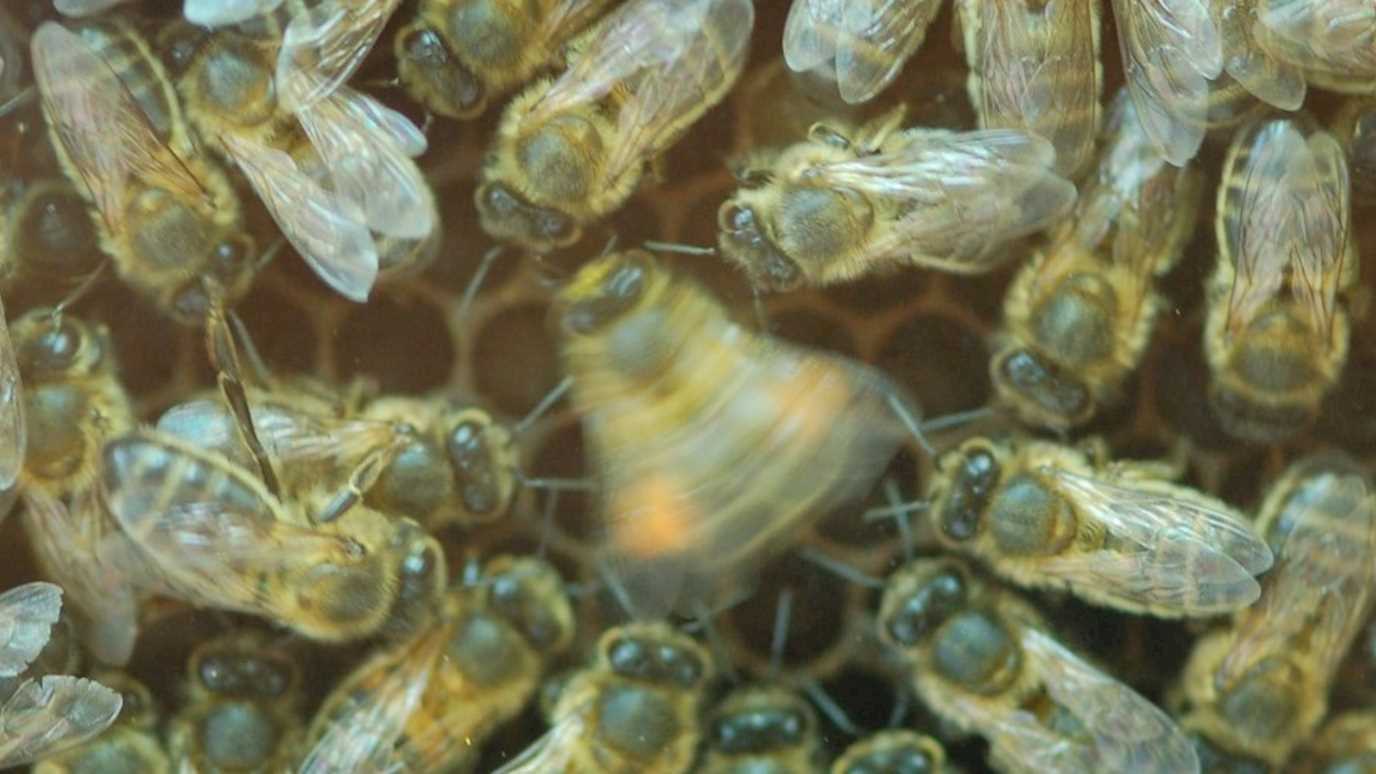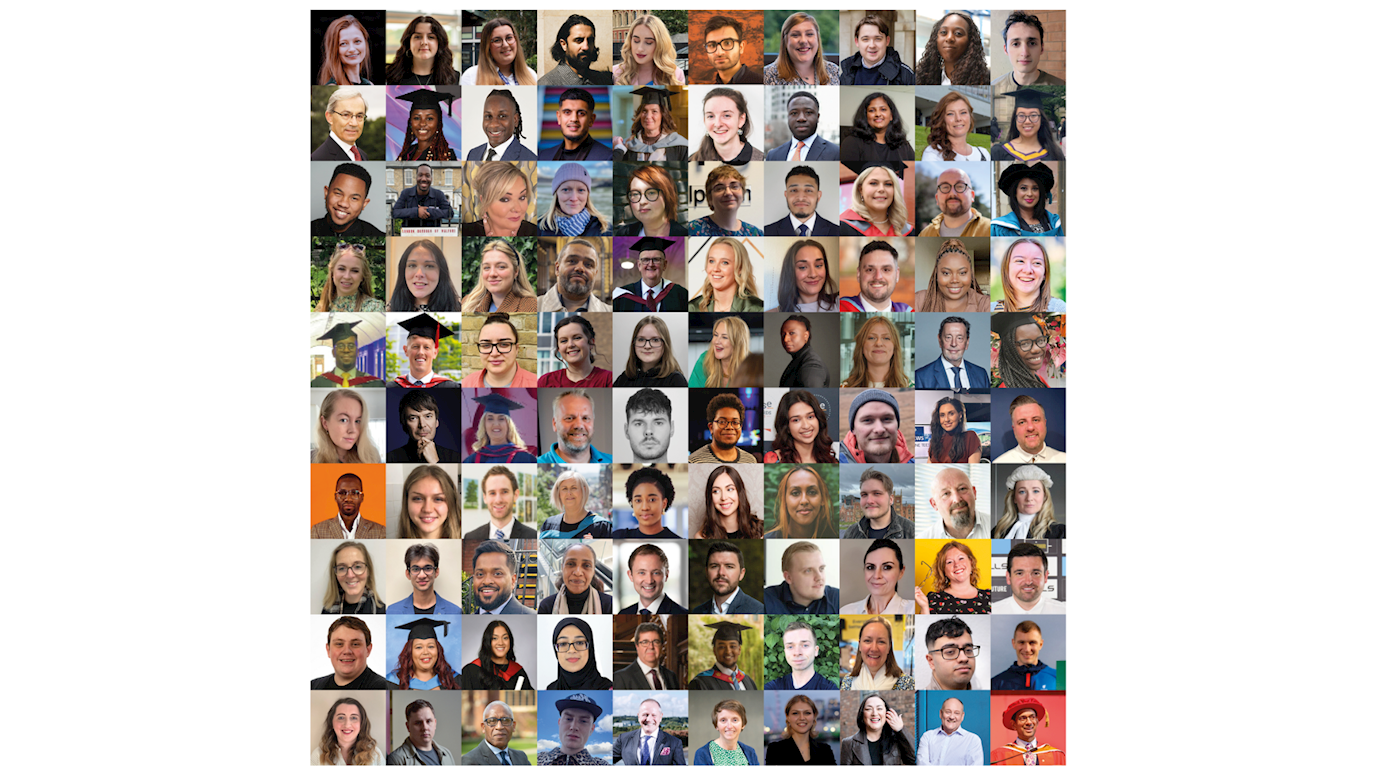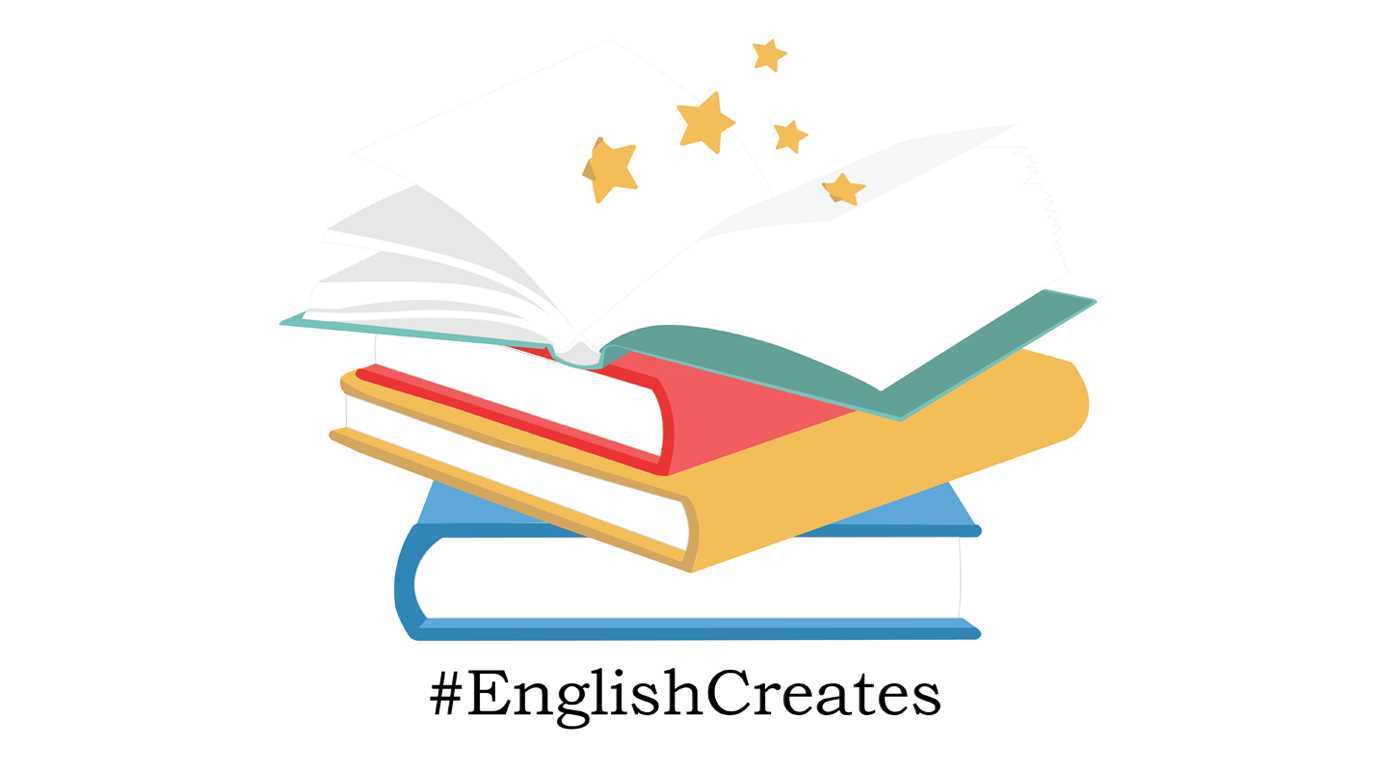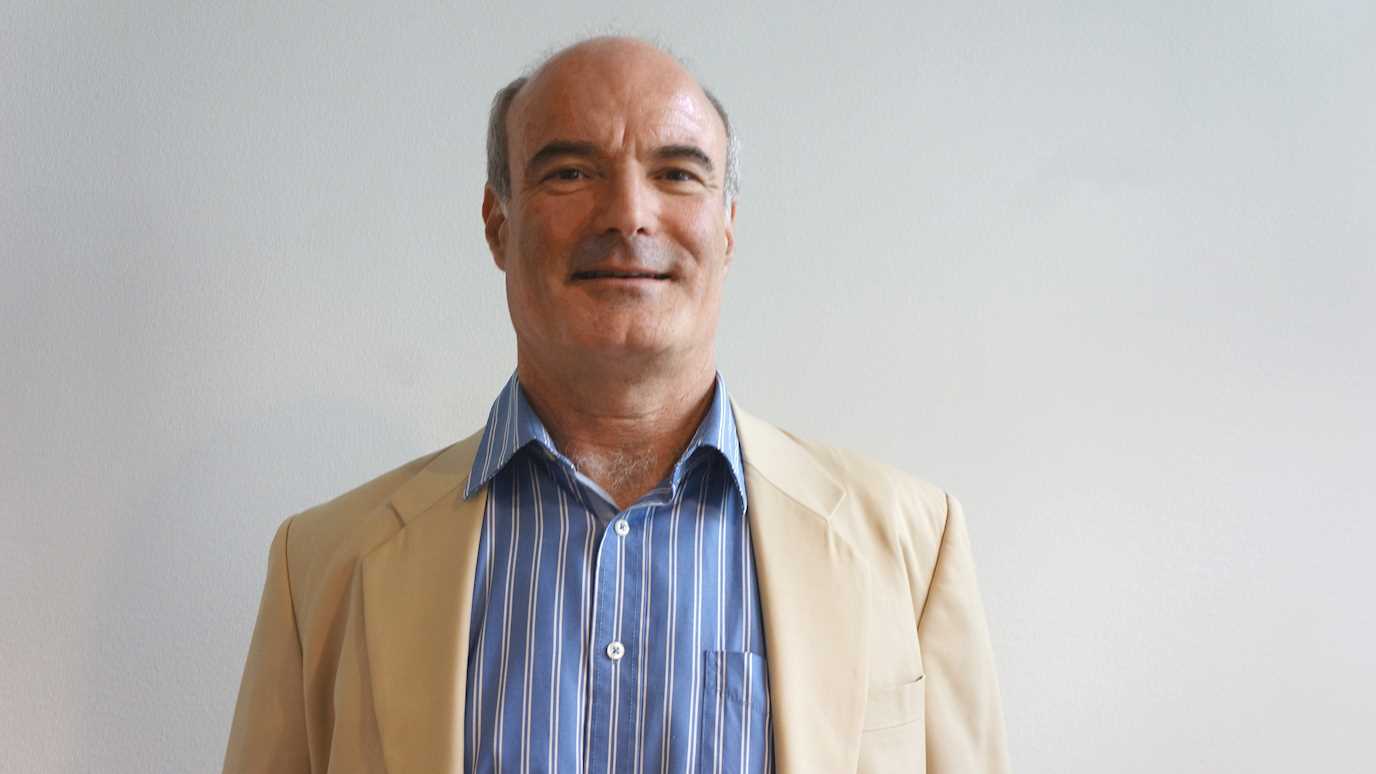Researchers at Royal Holloway have developed a method to track bee-to-bee communication in honeybee hives, showing how bees have many means to learn from their nest mates about the best flowers to visit, but it is their unique waggle dance which is prioritised above all else to find the best food sites.

The honeybee waggle. Photo credit Christoph Grüter
Beehives are information centres, where many individuals wait in the hive for others to bring information back about rich flower patches. It has long been known that this information can be conveyed through waggle dances that encode the distance and compass direction that other bees should follow and how bees’ impressive sense of smell can often lead them to flower patches without following a single dance.
However, in the new study, led by postdoctoral researcher, Dr Matthew Hasenjager from the Department of Biological Sciences at Royal Holloway, the researchers traced the simultaneous spread of both dance-based and food-odour information as it travelled through the hive.
They showed that bees ignored the scents and overwhelmingly responded to the dances when looking for new flower patches.
Conversely, when temporarily inactive foragers are motivated to return to familiar foraging sites, dances played a secondary role to olfactory (sense of smell and taste) information gained through antennal interaction and by swapping food with colony mates.
Dr Hasenjager, said: “We’ve known for a long time that bees can use the waggle dance to find new foraging sites, but the extent to which they actually do so is less well understood. Several recent studies have shown that colonies without this information often perform just fine.
“So to understand when the dance actually matters to the bees themselves, we developed a means to tease apart the effects of following dances from other ways bees can share information about food.
“We found that bees searching for new foraging locations relied overwhelmingly on dance-based information, whereas decisions to revisit known locations were instead guided mostly by olfactory communication.”
The research was also carried out by Professor Ellouise Leadbeater and Dr William Hoppitt from the university, and was funded by a European Research Council grant awarded to Professor Leadbeater.
First deciphered by Nobel Prize winner Karl von Frisch in the 1940s, the honeybee waggle dance allows the insects to communicate with one another in the hive about abundant food sources or promising new nest sites.
Once they find a good flower patch, they fly back to the nest and waggle their body, repeatedly moving across the honeycomb in a particular direction while vigorously shaking.
How long each waggle lasts and the direction it is performed in translate respectively to the distance and direction of the food source from the hive. For example, a bee that waggles directly up the comb indicates to her followers that they should travel along a path that directly aligns with the sun.
Bees also communicate other food-related information during these hive visits. For example, they share samples of collected nectar and carry the scents of the flowers they have visited. By interacting with these perfumed foragers, other bees can learn the scent and taste of profitable nectar sources and use this information to guide their foraging outside the hive.
























